Featured in this section
Angel Chang
Grown.bio
Jane Withers Studio and Anupama Kundoo Architects
Low Tech Magazine
Atelier LUMA with Assemble and BC architects
Margent Farm and Practice Architecture
Mario Cucinella Architects and WASP
Marjan van Aubel
Material Cultures
mischer’traxler
Ooze architects & urbanists
Practice Architecture PriestmanGoode
Prostorož
Qwstion
Rotor DC
Ruben Warnshuis
Saferock
SILO
1
Mycelium Packaging
Ecovative, produced by Grown.bio
2016–ongoing
Mycelium and biowaste substrate
Mycelium-based composites are made from a type of fungus that can grow on locally-available agricultural waste, binding particles into a solid form with a network of thread-like hyphae. This material is good for packaging as it is insulating, shock absorbing and can be grown in moulds of any shape.
2
Atelier LUMA
Atelier Luma, Assemble
and BC architects & studies
2019–ongoing
Atelier LUMA is a design research laboratory based in Arles dedicated to investigating the culture, resources and know-how of the surrounding bioregion. Their research into biomaterials and construction processes aims to produce non-extractive materials made from waste, such as stone dust from nearby quarries.
3
Tecla 3D Printed House
Mario Cucinella Architects and WASP
2021
3D printed earth clay, sand and raw fibres
This 3D-printed housing model is made from locally-sourced earth. The technology dramatically expands the horizons of building with earth in terms of form, tensile strength and speed of construction, and typically generates almost no waste at all.
4
Hemp Fibre Corrugated Sheets
Margent Farm and Practice Architecture
Produced by Cecence
2019
Hemp and sugar-based resin
Margent Farm has developed a corrugated hemp panel that can be used as an alternative to high-carbon building products such as corrugated steel, PVC, bitumen and cement. The panels are made of the long hemp fibres bound by a sugar-based resin.
Photo by Oscar Proctor
5
City of 1,000 Tanks
Design: OOZE architects & urbanists:
partners: Eva Pfannes, Sylvain Hartenberg;
team: Jesse Honsa, Nilofer Tajuddin,
Hsoc Mathai George, Radka Komrsova
Created for: Water as Leverage for Resilient Cities Asia
2018–ongoing
This urban scheme for the Indian city of Chennai proposes a holistic solution to the problems of flooding, water scarcity and pollution. The design envisages a dynamic urban landscape that connects the city’s historic tanks with canals, rivers and a new green network of bioswales, constructed wetlands and water detention ponds.
6
Water Loop
2020
Concept: Jane Withers Studio
Architectural design: Anupama Kundoo Architects
Water Adviser: Dr Naho Mirumachi, King’s Water Hub at King’s College London
Graphic design: November
Commissioned by and created in collaboration with the British Council
2020
Water Loop is an initiative to create a new circular model for public toilets that celebrates water and makes connections between human and environmental systems. The project showcases sustainable practices by making them a visible and engaging part of the building’s design.
7
Solar panel
Marjan van Aubel Studio
PET, copper wiring, OPV layer (organic ink based on conductive polymer or molecules)
2019
These coloured, transparent solar panels generate electricity and create a new aesthetic for renewable energy with a reduced material impact. They are inspired by the calculation that in one hour the earth receives enough energy from the sun to satisfy all electricity needs on earth for a whole year.
Photo by Buro Bélen
8
Get Onboard
PriestmanGoode
2019
This aeroplane meal tray proposes alternatives to the disposable plastic containers that contribute to the 5.7 million tonnes of cabin waste generated by the aviation industry every year. Based on circular design principles, PriestmanGoode’s version is made entirely from biodegradable, edible or compostable materials.
Exhibition Section
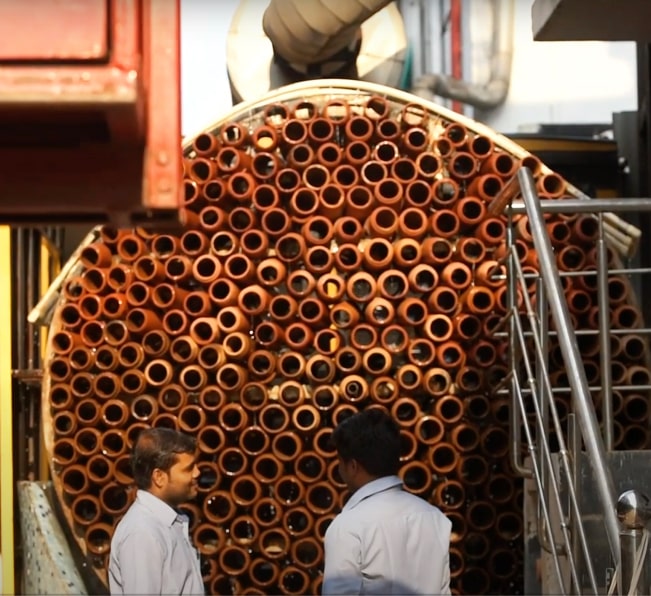
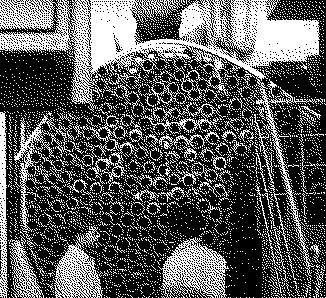
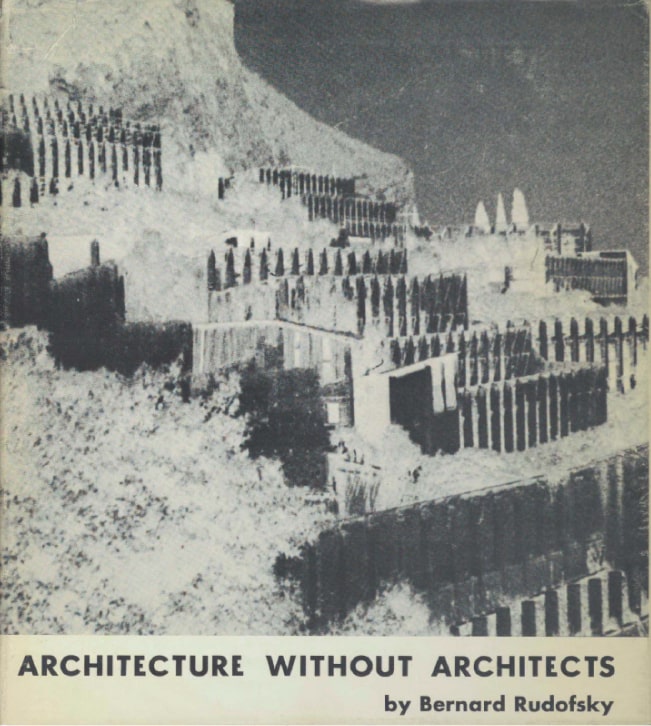
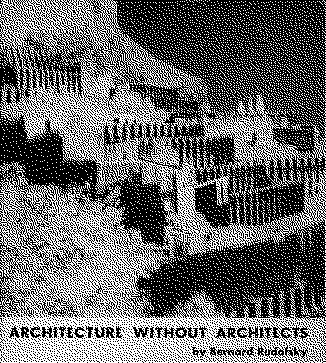
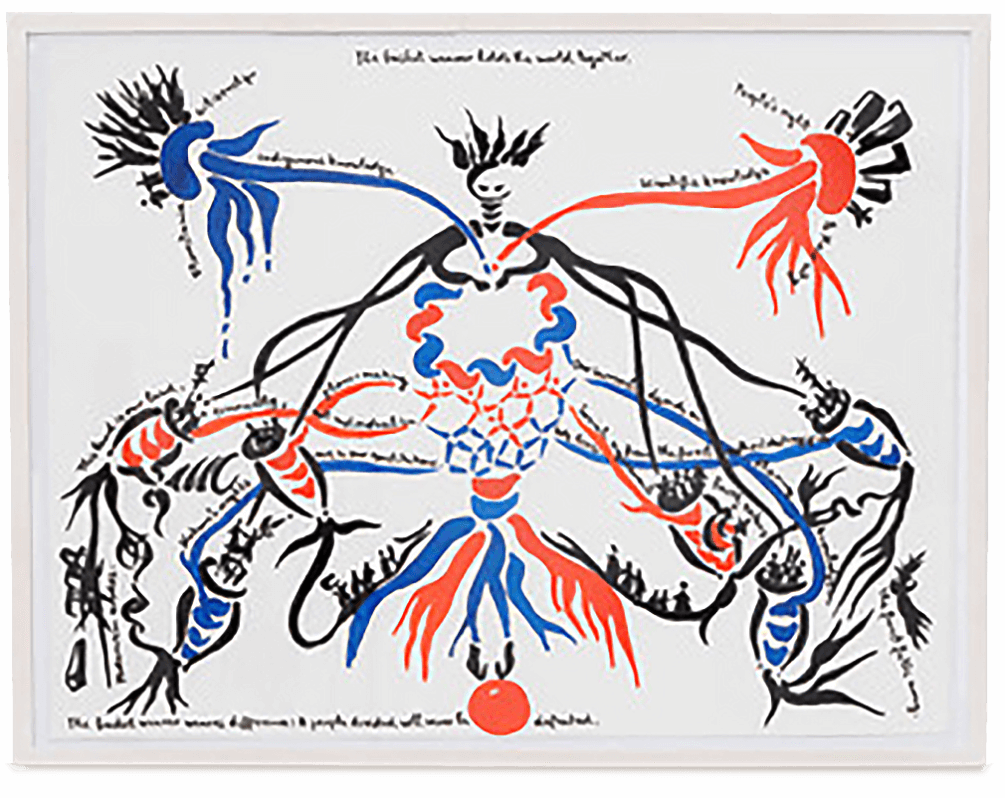
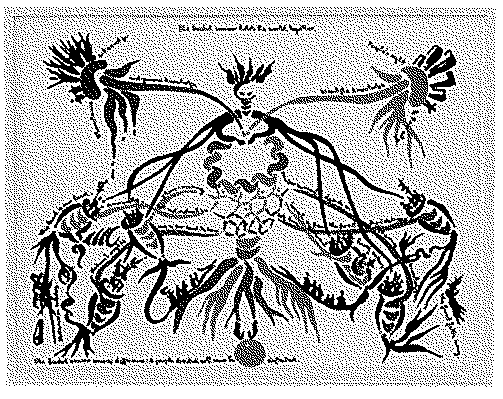
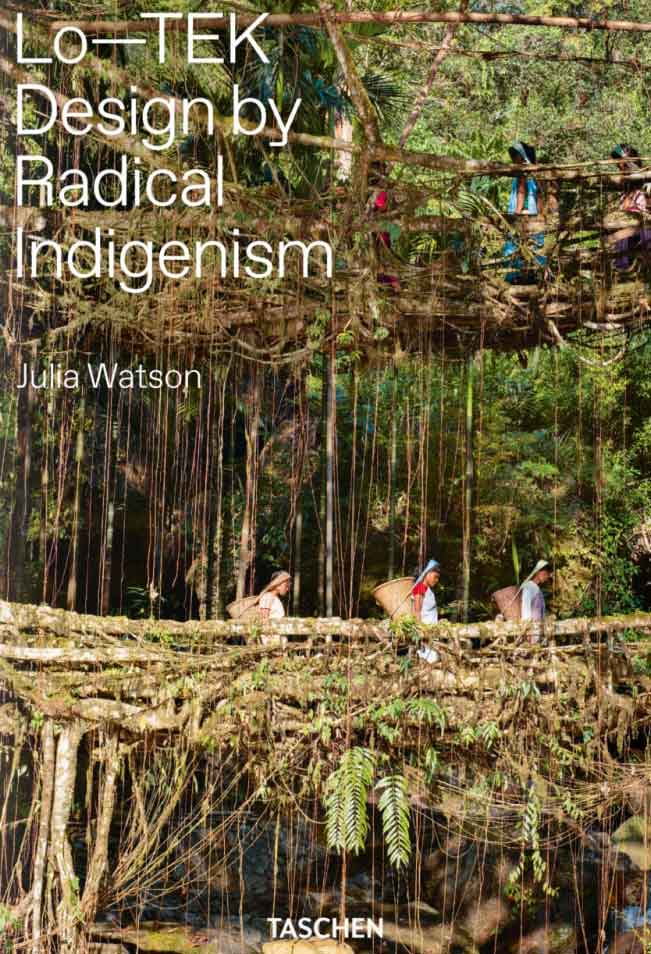
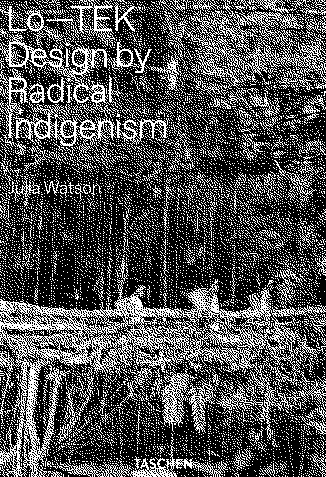
An assemblage of objects and ideas from different eras and culture that underpin the Super Vernaculars movement.
Exhibition Section
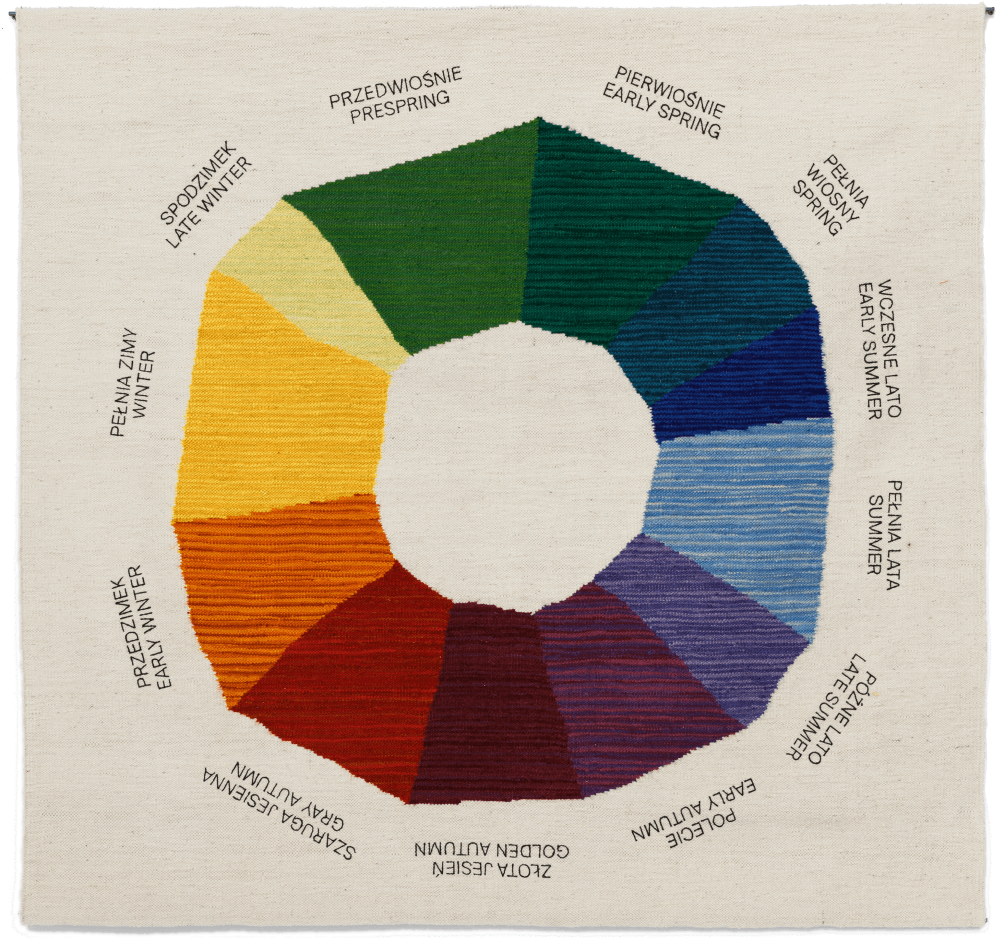
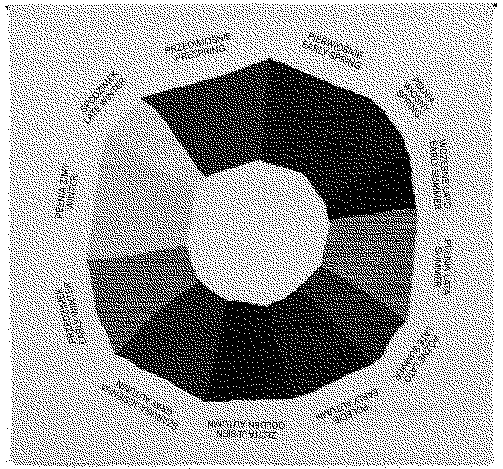
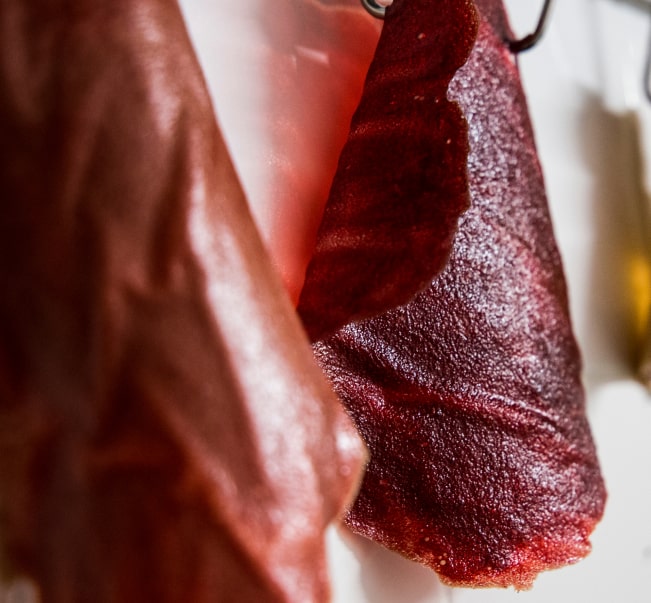
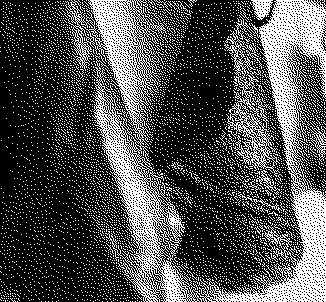
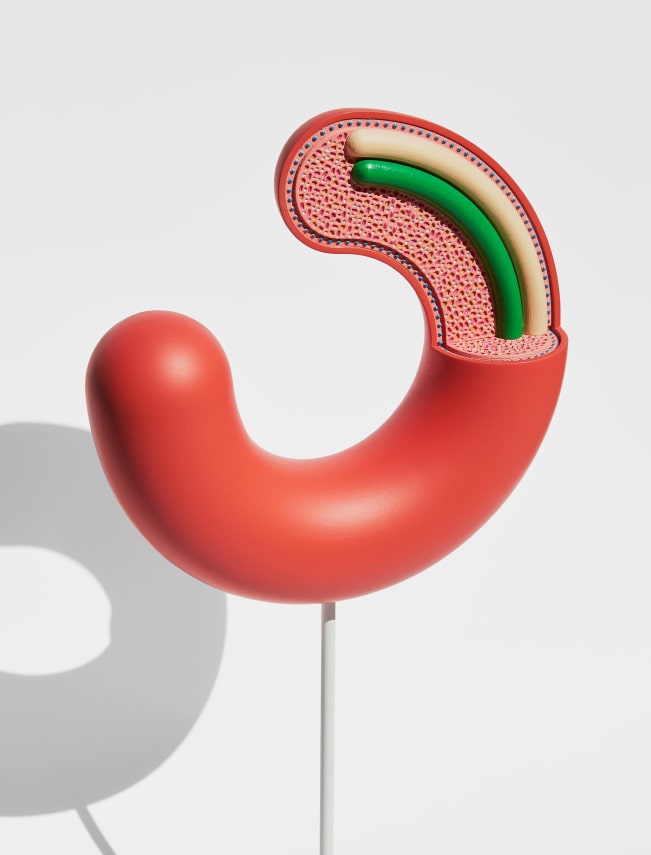
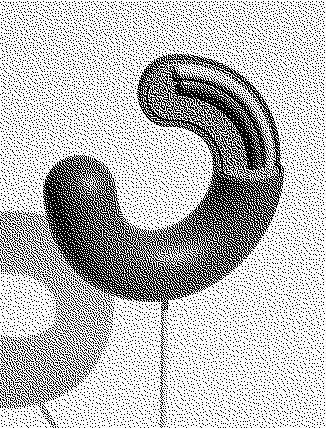
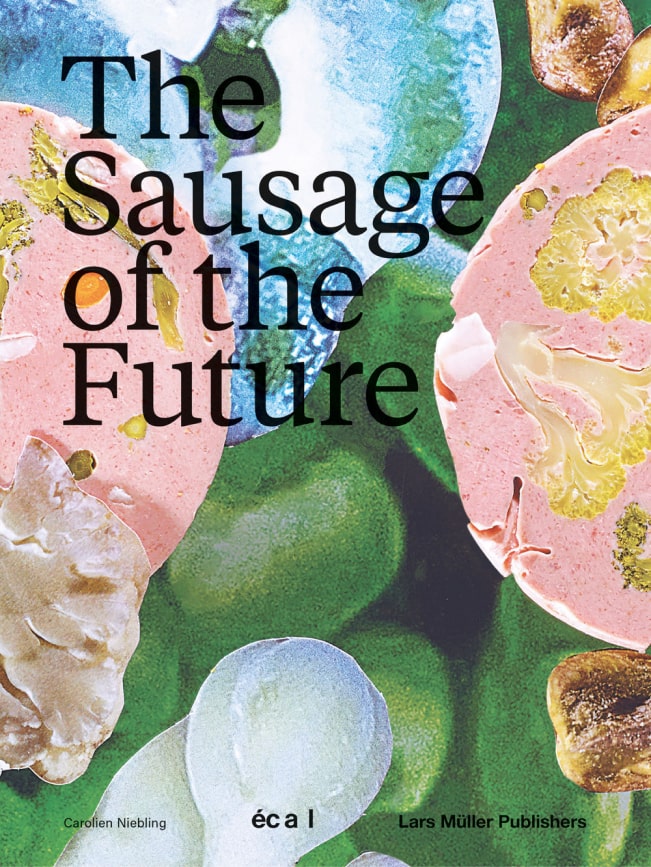
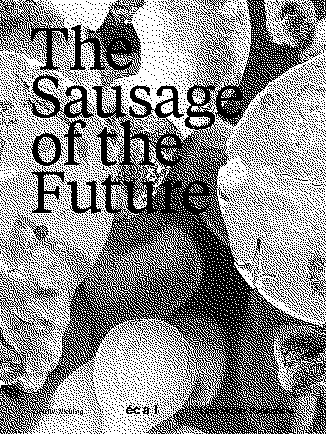
Designs that subvert, reimagine and adapt traditional ideas and deep-rooted practices to address contemporary needs and challenges.
Exhibition Section
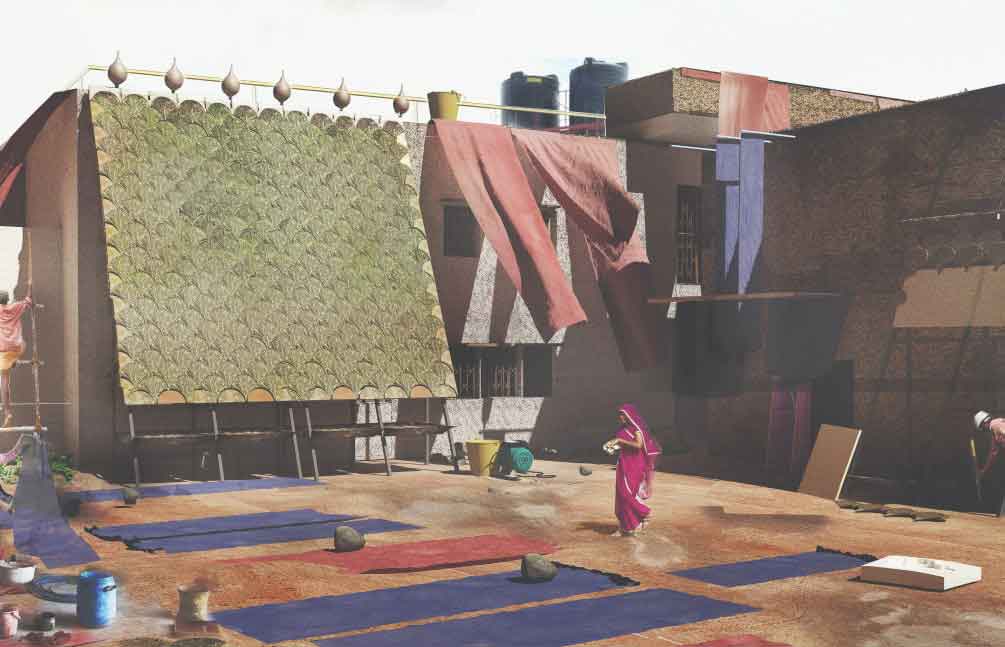
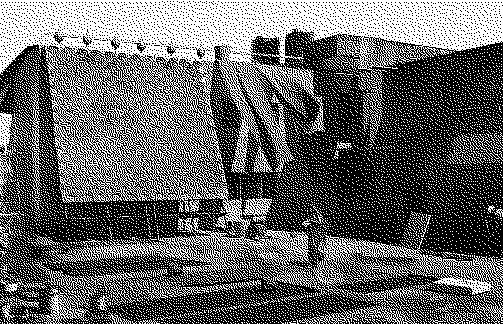

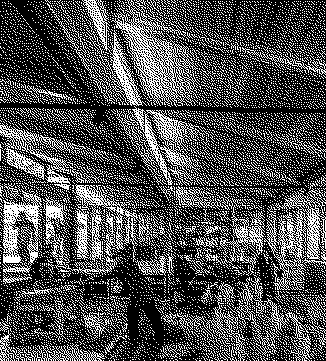
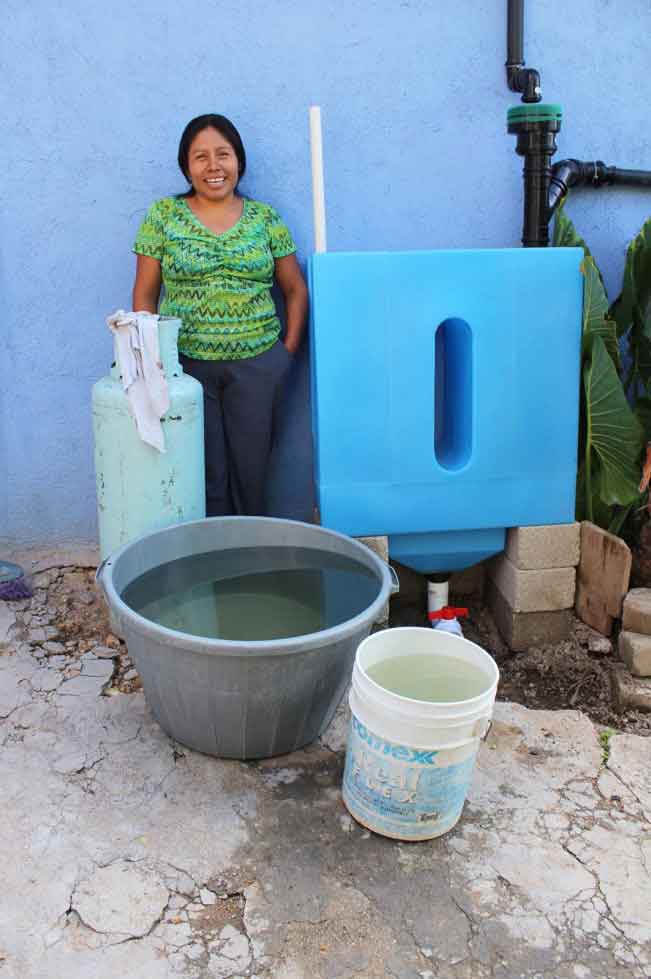
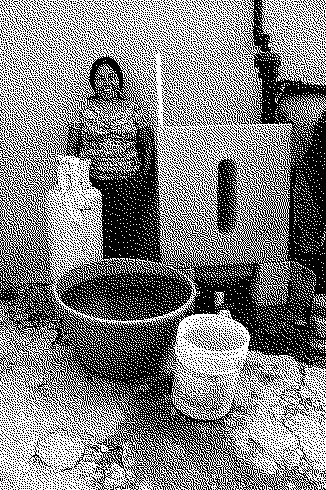
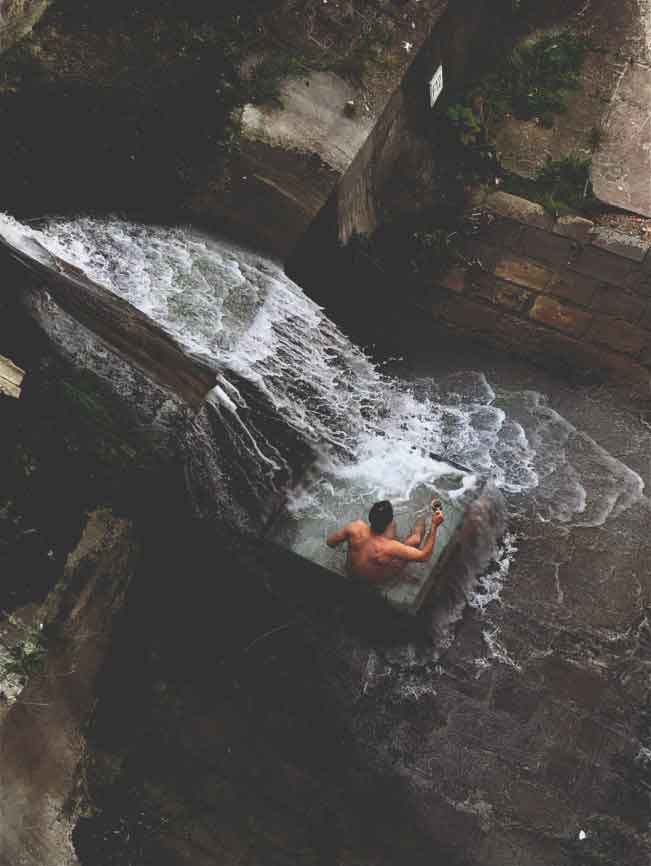
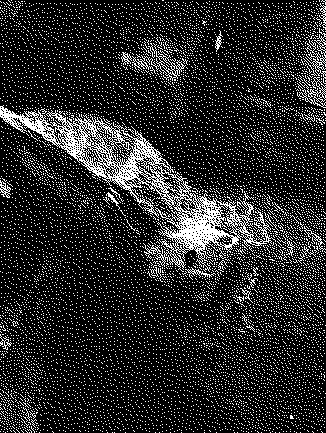
Projects that put people and communities at the heart of design thinking, fostering equity, social justice and supporting local communities.